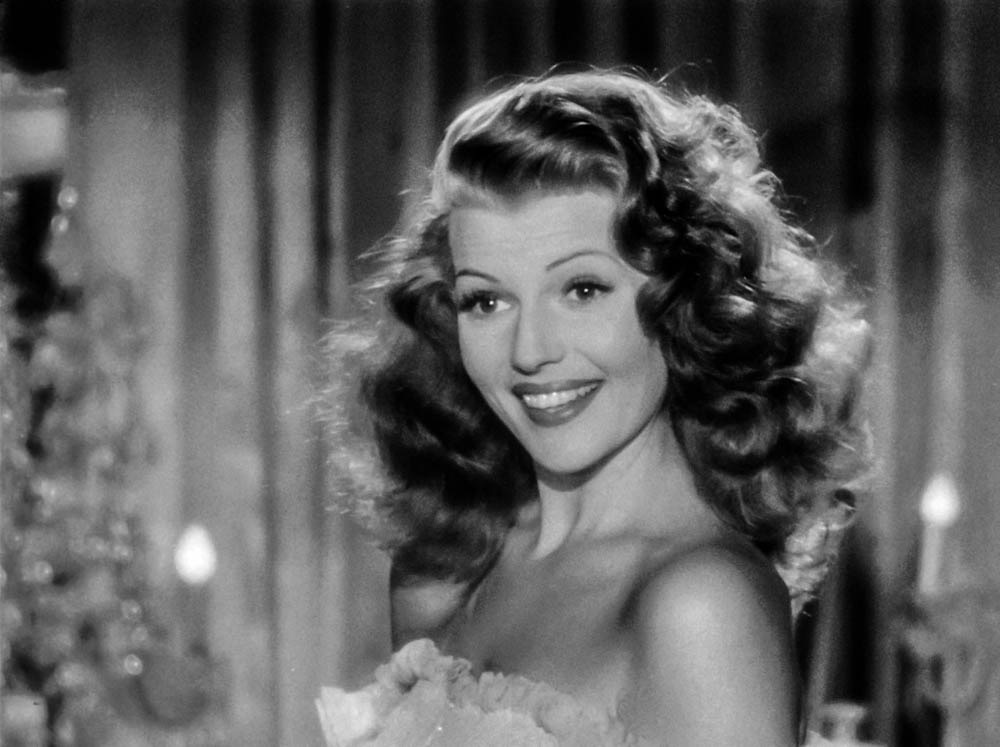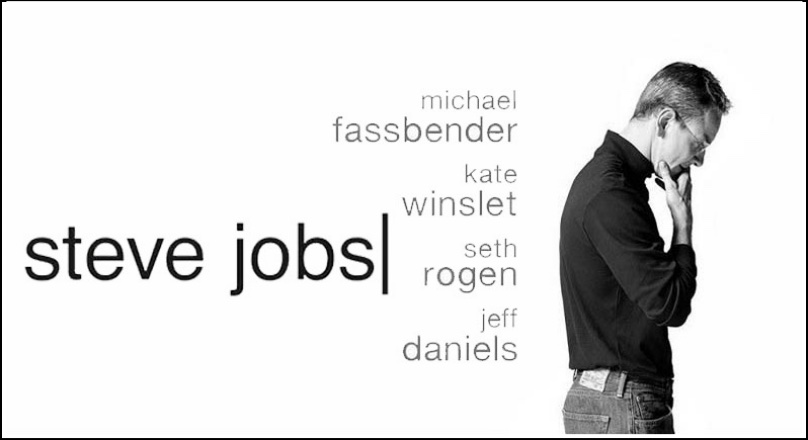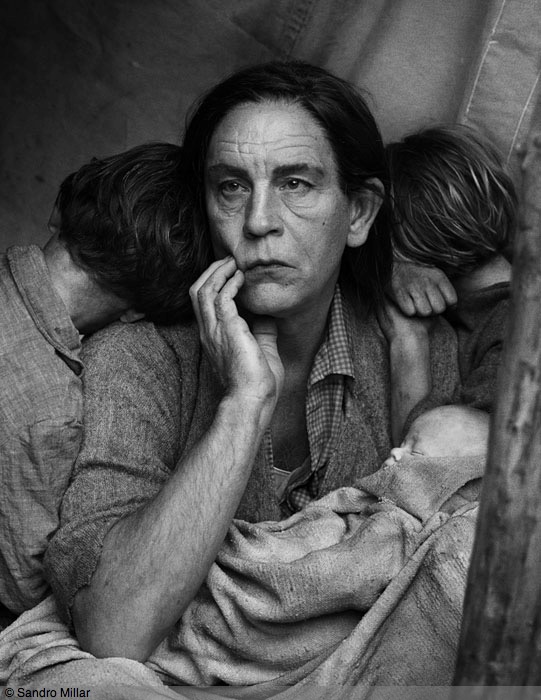Superstar.

From Gilda.
Oscar night.

Steve Jobs, the movie, is recommended viewing. While Michael Fassbender in the starring rôle may resemble Jobs solely in his emaciated build, you can disregard all the carping directed at this beautifully scripted Aaron Sorkin piece of cinema. Fassbender does an excellent job of showing the dysfunctional nature of the man, best illustrated toward the end when his ever complaining daughter Lisa asks why he is the way he is, to which he replies “I am not well made”. As regards parenting skills that may have been true but when it came to bringing a singular focus to making outstanding products Steve Jobs was very well made indeed.
After a second plea from Steve Wozniak (Seth Rogen in a perfect characterization as the bearded engineer) to recognize the Apple ][ team during his iMac rollout Jobs replies that he will not do so, for that team of has-beens are B players. Just like the people running Apple today, who prefer to waste executive time on legal wrangling with the government in some sort of amoral marketing thrust, rather than crafting innovative products.
Fassbender is unlikely to get the Best Actor Oscar. He should.
And John Malkovich.
Sandro Millar, a Chicago portrait photographer, has an extraordinary take on Dorothea Lange’s ‘Migrant Mother‘, posed by famous movie star John Malkovich:

For more of his work, click here.